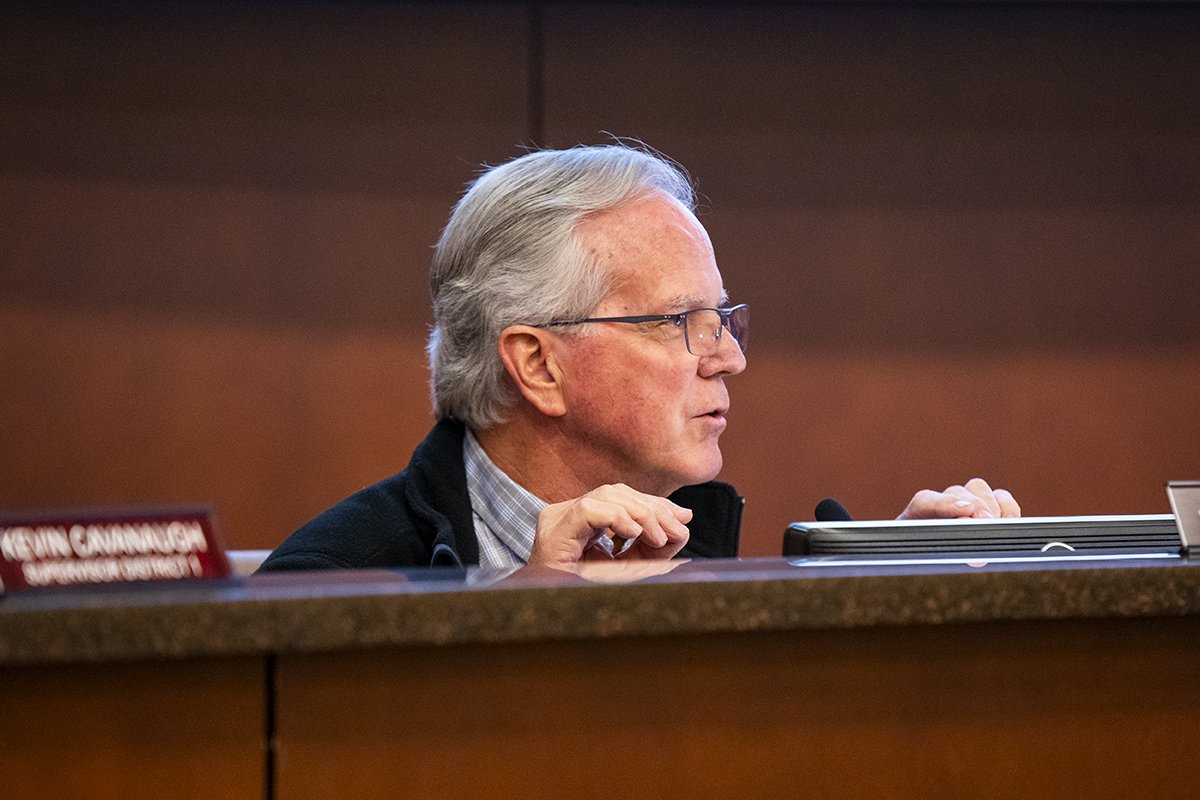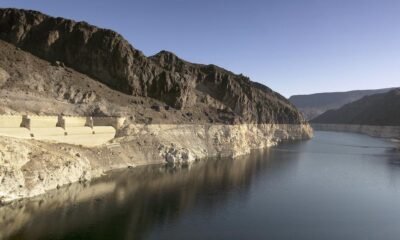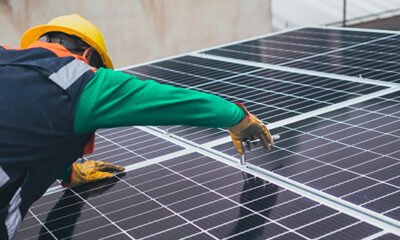Business
Supers Clear the Path for Hidden Valley Solar Farm’s Bright Future

In a significant move towards sustainable energy, the Pinal County Board of Supervisors approved a major comprehensive plan amendment for the Hidden Valley solar farm, covering nearly 1,100 acres. This decision, made during a special meeting on October 9, 2024, allows Hidden Valley Ranch Partners to advance through the planning process necessary for construction.
The amendment changes the land designation from low-density residential to green energy production, paving the way for the solar facility, which is projected to begin construction in 2026 following the necessary planning and zoning approvals.
Once operational, the Hidden Valley solar farm is expected to generate enough clean energy to power approximately 95,000 homes and will create around 450 construction jobs. After its completion, the facility could maintain up to five full-time positions.
With an estimated investment of $500 million, the project will include a 200-megawatt solar generation facility alongside a battery energy storage system. The Pinal County Planning and Zoning Commission had already passed the proposed amendment with a unanimous 7-0 vote before it reached the supervisors.
While some concerns were raised regarding protected species in the area, specific issues were not extensively discussed and are anticipated to be addressed as the project progresses. Jordan A. Rose, an attorney for Copia Power, highlighted the project’s strategic location near Hidden Valley and Val Vista Roads, bounded by the Ak-Chin Indian Community and the Nissan proving ground.
Rose asserted the site’s suitability for a solar facility, expressing gratitude that residents of Thunderbird Farms supported the project—a rare occurrence in her 25 years of experience. Landowner Chase Emmerson echoed this sentiment, deeming the location ideal for the solar initiative.
This proposal is one of several solar generation projects vying for approval in the region, including plans in Eloy, Arizona City, and Florence. However, it has encountered opposition from the City of Maricopa, which argues that the amendment conflicts with existing development plans established in 2008 for residential and commercial use in the area.
City planners have expressed concerns that the proposed land use change would not contribute to increasing the housing stock or address significant infrastructure needs in the vicinity. They assert that the solar farm could hinder minimal commercial and job opportunities planned for the surrounding area.

















